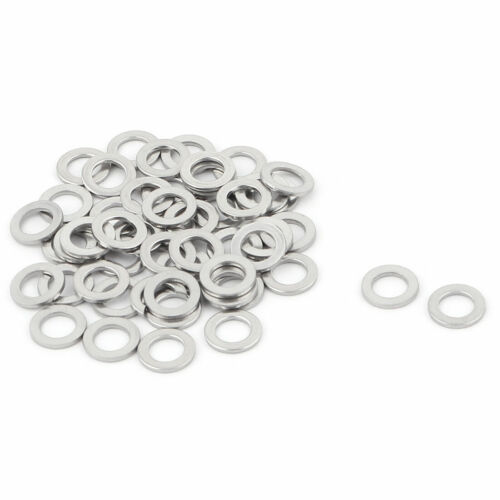Washers in Mechanical Applications
In the world of mechanical engineering, a washer is a thin plate with a hole, which is often used in conjunction with threaded fasteners such as bolts or nuts. The primary function of washers is to distribute the load evenly and prevent damage to the surface being fastened. However, there are many other applications for washers, including spacers, springs, preload indicators, locking devices, and vibration reduction. In this article, we will explore the various types of washers and their applications, as well as their materials, coatings, and origins.
The Basics of Washers
What is a Washer and How Does it Work?
A washer is a thin, flat, circular piece of metal, plastic, or rubber that has a hole in the center. The hole is typically the same size as the threaded fastener being used, and the washer is placed between the fastener and the surface being fastened. When the fastener is tightened, the washer distributes the load across a larger surface area, which helps to prevent damage to the surface and ensures a secure connection.
Types of Washers
There are several types of washers, each with its own unique design and function.
Plain Washers
Plain washers, also known as flat washers, are the most common type of washer. They are used to distribute the load and prevent damage to the surface being fastened. Plain washers come in various sizes and materials, including carbon steel, stainless steel, copper, brass, zinc, and plastics.
Spring Washers
Spring washers are designed for axial flexibility and are used to prevent vibration-induced fastening or loosening. They work by applying a spring force between the fastener and the surface being fastened, which helps to maintain tension and prevent loosening. Spring washers are available in different shapes and sizes, including helical, wave, and Belleville washers.
Locking Washers
Locking washers are a type of spring washer that prevents fastening or loosening of fastening devices by preventing unscrewing rotation of the fastening device. They work by using the spring force to create friction between the fastener and the surface being fastened. Locking washers come in various shapes and sizes, including split, star, and toothed washers.





